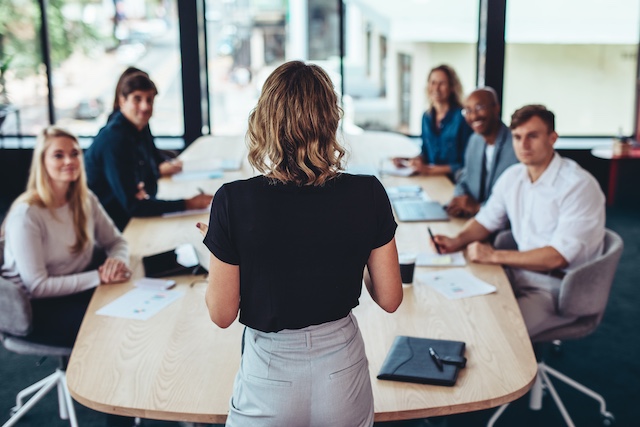While reductions-in-force (RIFs), layoffs, and furloughs are all difficult actions employers take out of necessity based on business performance or shifting priorities, there are differences between them (in addition to terminations based on individual performance or conduct) that are important for both employees and employers to be aware of, and you may be surprised by the distinctions.
Much confusion exists around the term “layoff,” which is often misused in place of “reduction in force.” But there is a stark difference: a layoff is intended to be a temporary elimination of a position—with an unknown duration and end date—while a RIF is known to be a permanent elimination of the position at the time of the event.
The word “intention” is important here. A furlough or layoff at the time the event occurs is intended to be temporary—with a known or unknown end date, respectively—however, either could turn into a permanent job elimination. A distinction between furloughs and layoffs is that furloughed individuals are still employees of the company; laid-off individuals are not, although when the layoffs end, they could be rehired.
In the case of a mass elimination of positions due to a plant closure or a merger/acquisition resulting in an office closure, the event would be termed a RIF. Because the location is closed, the positions would not be refilled. A company that is undergoing economic challenges and/or has less work because of temporary circumstances (such as the pandemic) might conduct layoffs with the understanding that if and when they are able to, they would invite those who were let go to return to their previous positions. Ensuring that you have clear communications about the circumstances of the event and the effect on the employee is vital to the integrity of the organization as well as to protect against legal actions. Check with an employment attorney if you have any questions about the proper way to handle your employee reduction actions.
Below we’ve charted the key differences between each of these scenarios as well as the considerations for organizations and their employees.
The Differences Between RIF, Layoff, Furlough, and Termination
*Regular Federal, State, and local government entities that provide public services are not covered by the WARN Act.
**Per workplacefairness.org, “For the purposes of the WARN Act a mass layoff is defined as a reduction in force that is (1) not the result of a plant closing, but (2) leads to an employment loss at the employment site[TE1] of 500 or more employees during a 30 day period, or a loss of 50-499 employees if they make up at least 33% of the employer’s active workforce.”
***See https://www.dol.gov/general/topic/termination/plantclosings
****See https://www.cnbc.com/2020/06/09/what-to-know-if-your-furlough-becomes-a-permanent-layoff.html
Click here to download a copy of this table.
Handling a RIF, Layoff, Furlough, or Termination the Right Way Makes a Difference
How an employer conducts a RIF, layoff, furlough, or termination can greatly affect how employees experience the event, how they feel about the company, and how the public perceives your brand. Preparing for such an event by having the right resources in place can help. See the links below for information, tools, and guides to help reduce potential errors and protect your brand.
Additional Resources for Information on RIFs, Layoffs, Furloughs, and Terminations
General information
- From SHRM: What is the difference between a furlough, a layoff and a reduction in force?
- Tips for employers dealing with reorganization
Reduction in Force
- WARN Act compliance information from the U.S Department of Labor
Layoffs
- Why you should have a layoff and recall policy
Furloughs
- Furlough information from the U.S. Department of Labor
- From SHRM: Unemployment Insurance and Furlough Q&As
Termination of an employee for cause
- From SHRM: How to Have the Termination Discussion
- From Forbes: 11 Ways To Gracefully Handle Employee Termination
INTOO can support your organization through a variety of workforce transitions. Contact us today to learn how our services can help protect your brand while offering assistance to impacted employees.
Robyn Kern is a seasoned business writer who has written in the HR, education, technology, and nonprofit spaces. She writes about topics including outplacement, layoffs, career development, internal mobility, candidate experience, succession planning, talent acquisition, and more, with the goal of surfacing workforce trends and educating the HR community on these key topics. Her work has been featured on hrforhr.org and trainingindustry.com.











